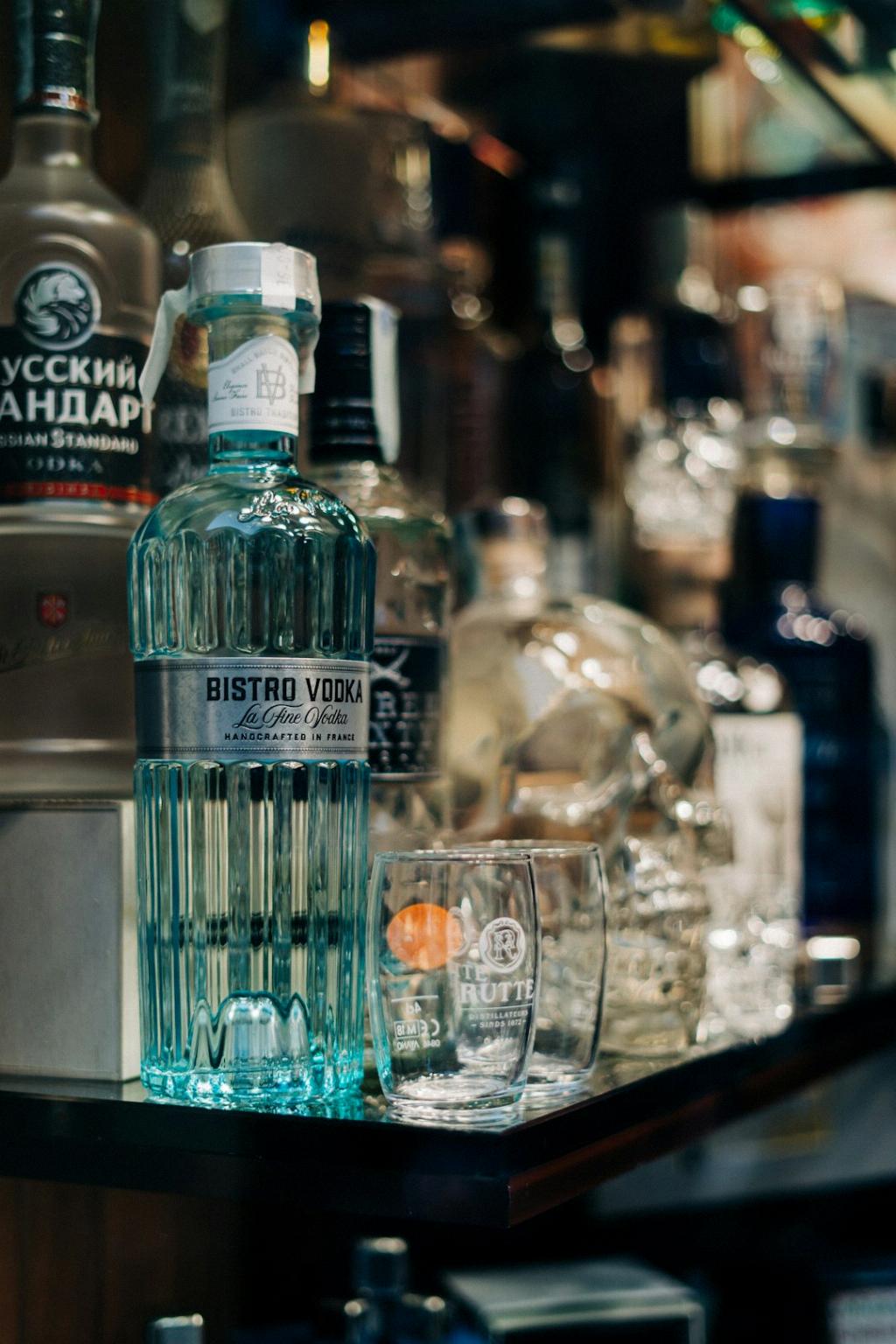Vanilla beans are a delicious and aromatic ingredient used in various culinary delights, from desserts to beverages. But when it comes to measuring the quantity of vanilla beans needed for a recipe, you may find yourself wondering, “How many vanilla beans equal an ounce?” Let’s delve into this question and explore the fascinating world of vanilla beans.
The Art of Measuring Vanilla Beans
When it comes to vanilla beans, their size can vary significantly. Larger beans are typically plumper and contain more moisture, while smaller beans are drier and denser. It is crucial to consider these variations when determining the number of vanilla beans that make up an ounce.
Average-Sized Vanilla Beans
If you’re working with average-sized vanilla beans, you can consider that approximately 6 to 8 beans will equal one ounce. These beans are of medium girth and offer a balanced moisture content, making them a versatile choice for most recipes.
Plumper Vanilla Beans
On the other hand, if you have plumper vanilla beans with a higher moisture content, you’ll find that you’ll only need around 1 to 3 beans to make up an ounce. These beans tend to be larger, juicier, and bursting with a delightful aroma, providing a more pronounced vanilla flavor to your creations.
Smaller Vanilla Beans
Conversely, smaller vanilla beans are drier and denser than their plumper counterparts. Due to their compact nature, you’ll require approximately 15 or more of these diminutive beans to reach the one-ounce mark. These beans may be preferable in recipes where you want a milder touch of vanilla without overpowering other flavors.
Quality Over Quantity
It’s important to note that the quality of the vanilla beans can also impact the quantity needed for an ounce. High-quality beans tend to be more flavorful, allowing you to use fewer of them to achieve the desired taste. Conversely, lower-quality beans may require a greater quantity to achieve the same level of flavor.
Consider Your Recipe
When determining the number of vanilla beans to use in a recipe, you should also consider the specific requirements of the dish. Some recipes may call for a stronger vanilla flavor, while others may require a gentler touch. Adjust the quantity of beans accordingly to achieve the desired taste and aroma.
Experiment and Personal Preference
As with any ingredient, it’s always a good idea to experiment and adjust the quantity of vanilla beans based on your personal preference. Taste is subjective, and what works for one person may not be ideal for another. Start with the suggested quantities and tweak them to suit your taste buds perfectly.
Proper Storage and Shelf Life
To make the most of your vanilla beans, proper storage is crucial. Keep them in an airtight container in a cool, dark place, away from moisture and sunlight. When stored correctly, vanilla beans can maintain their quality for up to a year. However, their potency may diminish over time, so it’s best to use them within the first few months for the most robust flavor.
Vanilla Extract as an Alternative
If you find the process of using vanilla beans too cumbersome or are unable to source them easily, vanilla extract can be a great alternative. Vanilla extract is made by infusing beans in alcohol, and it offers a concentrated flavor profile. Generally, 1 teaspoon of vanilla extract is equivalent to 1 vanilla bean, but this can vary depending on the brand and the strength of the extract.

Conclusion
Vanilla beans add a distinct and delightful flavor to a wide range of dishes. When it comes to determining how many vanilla beans equal an ounce, the answer depends on the size and moisture content of the beans you are using. Whether you opt for average-sized, plumper, or smaller vanilla beans, adjust the quantity based on your recipe’s requirements and your personal taste preferences. Experimentation is key to finding the perfect balance of flavor. So go ahead, unleash your culinary creativity, and let the enchanting aroma of vanilla beans elevate your dishes to new heights!
